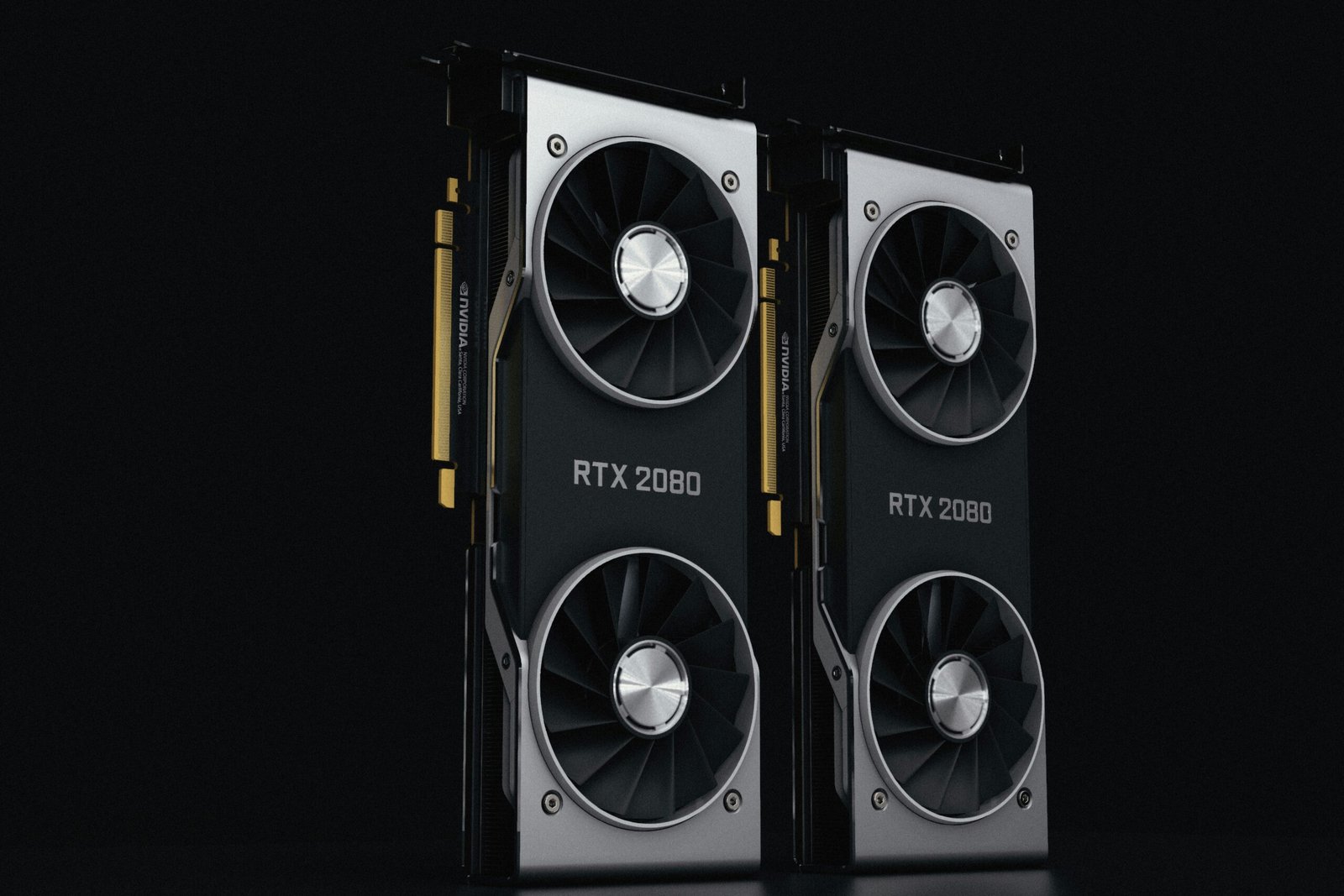The Evolution of Mining Hardware
Over the past decade, the world of cryptocurrency mining has undergone a significant transformation. What was once a hobbyist endeavor has now become a highly specialized and competitive industry. One of the key factors driving this change is the rise of specialized hardware, particularly ASIC (Application-Specific Integrated Circuit) miners.
Understanding ASIC Miners
ASIC miners are devices specifically designed to mine cryptocurrencies such as Bitcoin. Unlike general-purpose computers or graphics cards, ASIC miners are built with one purpose in mind – to perform the complex calculations required for mining as efficiently as possible.
These specialized machines are capable of performing trillions of calculations per second, making them significantly more powerful than traditional mining hardware. This increased processing power allows ASIC miners to solve complex mathematical problems and validate transactions more quickly, giving them a competitive edge in the mining process.
The Advantages of ASIC Mining
There are several advantages to using ASIC miners for cryptocurrency mining:
- Increased Efficiency: ASIC miners are designed to perform a specific task, which allows them to operate more efficiently than general-purpose hardware. This increased efficiency translates to lower energy consumption and higher mining profitability.
- Faster Mining: The high processing power of ASIC miners enables them to mine blocks at a much faster rate compared to traditional hardware. This speed advantage can be crucial in a competitive mining environment.
- Longevity: ASIC miners are built to withstand the rigors of continuous mining operations. Their robust design and specialized components make them more durable and reliable than other mining hardware options.
The Impact on Mining Centralization
While ASIC miners offer significant advantages in terms of efficiency and speed, they have also contributed to the centralization of mining power. Due to their specialized nature, ASIC miners require a significant upfront investment. This has led to the emergence of large-scale mining operations that can afford to purchase and operate these expensive machines.
As a result, smaller miners and hobbyists have found it increasingly difficult to compete with these industrial-scale operations. This concentration of mining power in the hands of a few has raised concerns about the decentralization of cryptocurrencies, as it potentially allows for manipulation and control by a select few entities.
The Future of ASIC Mining
Despite the concerns surrounding mining centralization, ASIC mining is likely to continue playing a significant role in the cryptocurrency ecosystem. As the demand for cryptocurrencies grows, so does the need for efficient mining solutions.
However, there are ongoing discussions within the cryptocurrency community about the need for ASIC-resistant algorithms. These algorithms are designed to prevent the use of specialized hardware and promote a more decentralized mining landscape. While some cryptocurrencies have implemented ASIC-resistant measures, it remains to be seen whether they can effectively level the playing field.
Conclusion
The rise of ASIC mining has revolutionized the world of cryptocurrency mining. These specialized machines offer increased efficiency, faster mining speeds, and greater longevity compared to traditional hardware. However, they have also contributed to the centralization of mining power, raising concerns about the decentralization of cryptocurrencies.
As the cryptocurrency ecosystem continues to evolve, it is essential to strike a balance between efficiency and decentralization. Whether through ASIC-resistant algorithms or other innovative solutions, the goal should be to ensure a fair and accessible mining landscape for all participants.

